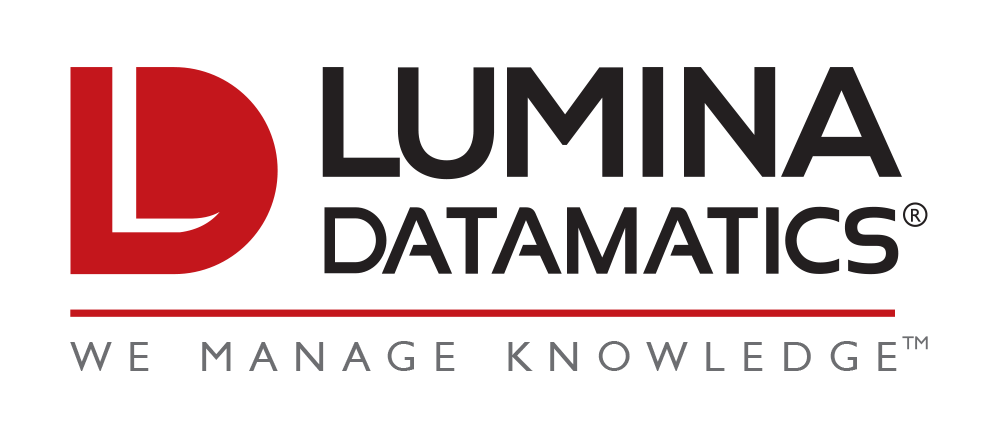What is the point of any education program? It is to improve overall student success. However, every generation has a new approach to the way students learn. Let us be clear. Standardized learning has always had a one-size-fits-all approach, but this does not necessarily work for every student. With the aid of technology, teaching, and learning management systems, teachers have become more involved with the way students grow in the classroom. The teacher’s ability to engage the student is paramount as they seek to improve retention rates, measure student learning, and achieve superior results.
With the advent of the digital era, technology in learning has changed as we move forward. More and more educational institutions have taken a personalized approach by providing adaptive learning technology. Several areas of these emerging technologies offer better insights with the aid of artificial intelligence. They can search, select, administer, and score test questions based on a student’s multiple skills and abilities. The testing process is shorter, scores are more accurate, and decisions are more efficient than ever before. From a test bank/content development perspective, these smart adaptive tests can reduce item development costs and create a vast pool of psychometrically valid questions that improve student performance.
Student learning does not just stop here. It is continuously evolving. In the future, visual and dynamic learning channels outside the classroom will become more prevalent but capable of supporting a range of learning styles, all while addressing common questions and concerns students have that cannot be readily addressed by teachers, TAs, and tutors or parents. Interactive tech like Virtual Reality (VR), Augmented Reality (AR), training simulations, and other emerging tools, break new pathways in different educational areas. It is not just limited to K-12 and higher education, but it also includes adult learning centers. For instance, corporations are employing 2D interactive training simulations to assess and learn in various fields such as automotive, medical, and welding. These simulations would have accompanying training videos to aid the learner and unique voiceover content, high-quality instructional designs, and detailed student performance analytics. More and more people opt for simulated training to get real-time experience, improve their knowledge retention levels, and reduce overall training expenses from a business perspective.
The influence of digital media on learning will continue in the years ahead. Audiobooks have become more prominent in higher education as the 21st century is the age of the multitasker. According to the Association of American Publishers, audio is more substantial than any other format in the US, which tracks revenue from 1,200 book publishers. Moreover, while audiobook unit sales numbers are still small (from January to September 2016, US traditional publishers sold $240 million in audiobooks, compared to $1.8 billion in hardcover books), the format’s growth has meant more and more publishers are putting their money in people’s ears. On the same note, mobile learning has grown. Between 2010 and 2015, the internet’s daily usage via mobile has increased from 0.4 hours to 2.8 hours. We are already spending roughly 20 percent of our daytime staring at a smartphone screen.
In short, it is accurate to say that the possibilities are endless. Who knows what the next-gen learning tool or system is going to be? As more publishing service providers and content creators look to innovative solutions to corner the market, the result will only transform the better educational market.
“Tell me, and I forget. Teach me, and I remember. Involve me, and I learn” – Thomas Edison.
Sources:





0 Comments